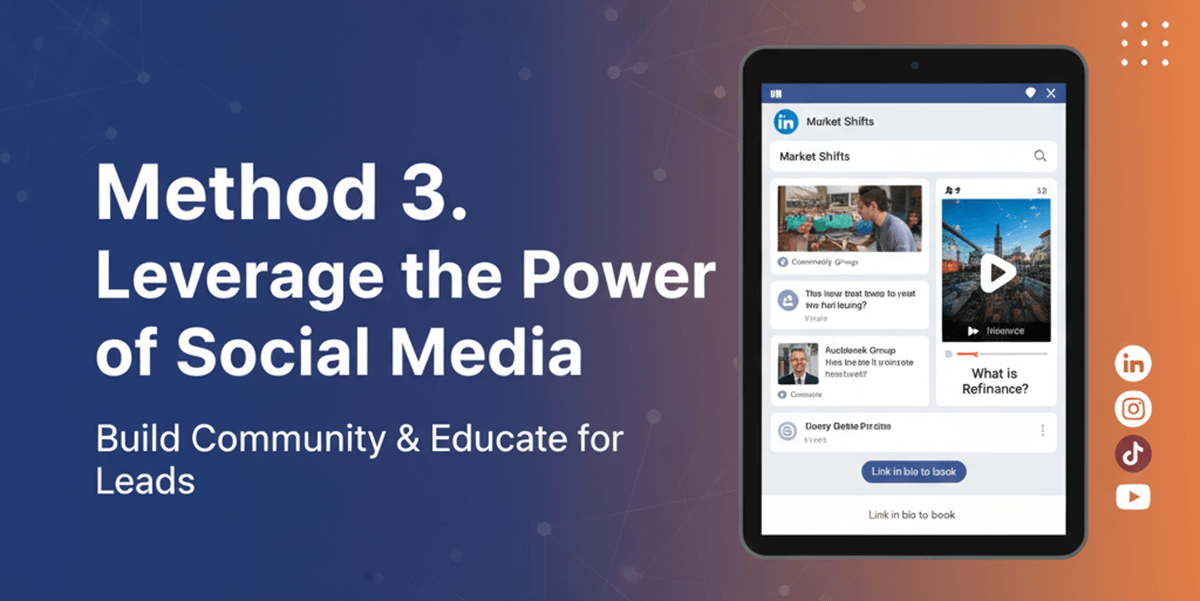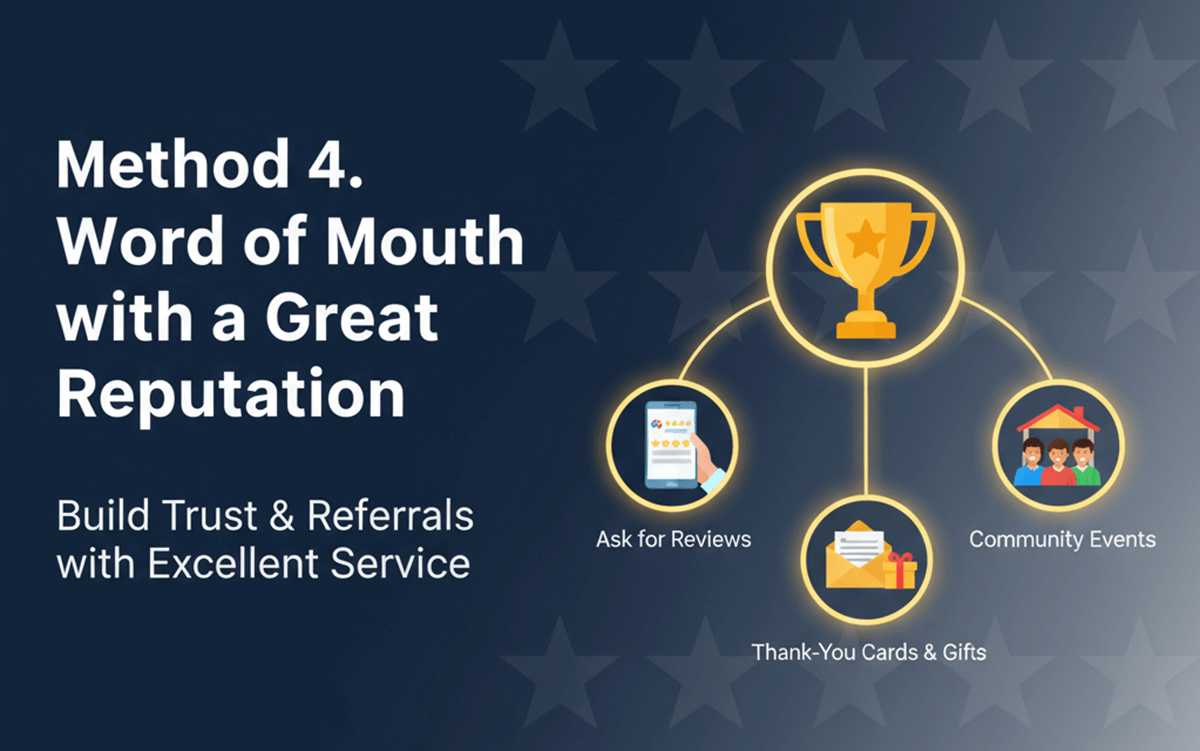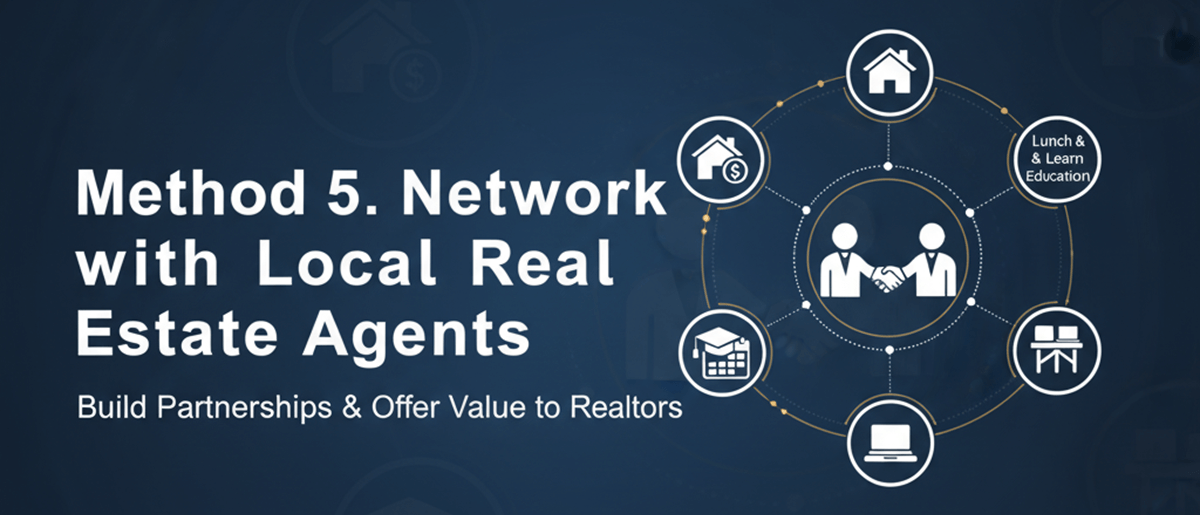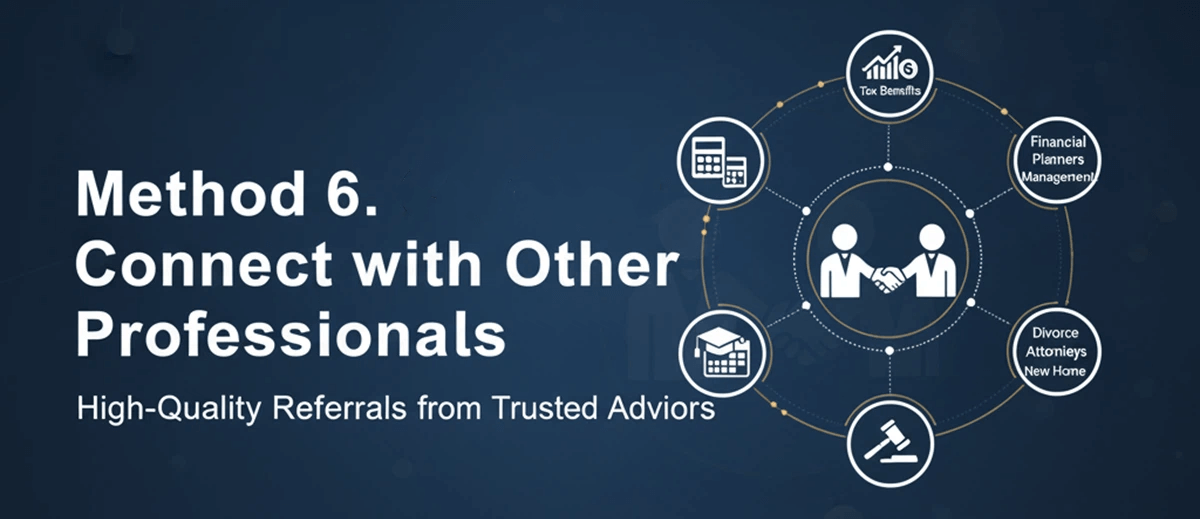Written by
Share this article
Subscribe to updates
Key Features of a Hard Money Lending Software
Hard money lending isn’t your typical mortgage game. It’s fast-paced, equity-focused, and built on relationships rather than credit scores. The platforms that power this niche have evolved quickly, shaped by lenders who need deals done yesterday—not next month.
At the heart of any effective hard money lending platform is speed. These tools automate document intake, streamline underwriting rules, and let you approve based on asset value rather than a borrower's FICO score. Unlike traditional mortgage software that crawls through compliance layers, hard money systems are built to push loans through quickly—with enough safeguards to stay compliant.
Modern private lending platforms—like Zeitro—are also embracing automation on a deeper level. They help private lenders manage deals across DSCR, non-QM, or commercial scenarios, while minimizing back-and-forth with borrowers. With underwriting logic embedded in the system and customizable workflows, you’re no longer chasing down missing documents or manual conditions. Everything just...moves.
And that’s the beauty of software designed for private lenders. It’s not about being flashy—it’s about being brutally efficient.
Loan Servicing and CRM Tools for Private Lenders
If you’ve ever tried to track loan payments, manage borrower communication, and keep tabs on trailing docs all from an Excel sheet… you know the pain. That’s where servicing software and private lender CRMs step in.
Legacy systems—what we sometimes call baseline software—offer some basic loan tracking. But modern solutions do more. They centralize client communication, automate reminders, and handle loan servicing in a way that keeps you sane. Whether it’s a scheduled payment notification or a document follow-up, having a secure, cloud-based dashboard changes the game.
For mortgage brokers or MLOs juggling multiple pipelines, a good CRM isn’t just nice to have—it’s survival. Zeitro, for example, integrates servicing tools directly into its platform. That means less toggling, more doing. The result? Smoother communication, better borrower satisfaction, and a lender who finally sleeps at night.
Comparing Hard Money Solutions to Traditional Loan Origination Software Pricing
Traditional loan origination systems were built for banks. You feel that every time you fight with a feature you don’t need—or wait a week for a tech support ticket to clear. Hard money lenders have different priorities: speed, flexibility, and pricing that matches how they actually operate.
Take loan origination software pricing, for example. Many legacy systems charge per seat, per feature, or both. Platforms like lendingwise have carved out their niche, but even then, pricing isn’t always aligned with solo lenders or boutique shops.
Some newer platforms are changing that. Zeitro offers tiered models—free for individuals just getting started, scalable for teams that need advanced CRM, LOS, and API access. And because you’re not paying for what you don’t use, the system stays lean.
The goal? Get a system that grows with you, not against you.
Commercial Loan Broker Website Templates — Design Elements and Tools for Success
Essential Elements of a Mortgage Broker Website
A broker’s website isn’t just digital real estate—it’s your handshake, your pitch, and your first impression. Yet so many sites feel like they were last updated during the fax machine era.
The basics? Clear branding. A mobile-friendly interface. Lead capture tools. A well-designed mortgage broker website needs responsive design and frictionless user flow. Add in trust signals—like testimonials or licensing—and you’ve got a foundation that turns traffic into leads.
Some platforms, like Zeitro, give brokers the ability to launch personalized websites with just a few clicks. That’s a game-changer, especially for brokers who want to maintain digital presence without hiring a developer. Think of it as a digital storefront that actually converts.
Tools and Platforms for Commercial Loan Brokers
Your pipeline is only as strong as the tools supporting it. Commercial loan brokers are often juggling five deals, three deadlines, and one lender who’s ghosting them—so platform choice matters.
Commercial loan broker software should cover CRM, loan tracking, email templates, and document storage—all in one place. If it doesn’t, you’ll find yourself hopping between tabs and missing follow-ups. Integration isn’t just a buzzword here; it’s the difference between closing and losing a deal.
Zeitro, among others, pulls CRM and pipeline tracking into one dashboard. No more asking your assistant where the DSCR file is—it’s right there, synced, searchable, and shareable. And yes, that means fewer internal Slack messages at 7 PM.
Training & Licensing for Commercial Loan Brokers
Becoming a commercial mortgage broker isn’t just about charm and a firm handshake. It takes licensing, training, and a real understanding of what you're doing with other people’s money.
Most states require some form of license, and training programs (like those at commercial loan broker institutes) help you learn the ropes—loan structures, deal packaging, compliance. But after the course, you’ll need the right tools to hit the ground running.
That’s where platforms like Zeitro help. With intuitive onboarding and educational resources baked in, even new brokers can navigate complex pipelines without feeling like they’re drowning in spreadsheets.
Business Loan Website Template vs Broker Template
Let’s be clear: not all loan websites are created equal. Business loan templates often focus on company qualifications, financing terms, and repayment calculators. Broker websites? They're about building trust, showing personality, and capturing leads.
If you’re a broker using a generic business loan website template, you’re probably leaving deals on the table. You need templates tailored for how brokers work—quick access, form simplicity, and client-centric messaging.
Zeitro gives brokers template options that feel human, not corporate. Built for speed, trust, and conversion.
Loan Origination Software Pricing — Systems, Models, and CRM/API Integration
Overview of Loan Origination Systems and Cost Models
Most loan origination systems (LOS) weren’t built for today’s mortgage market. They were built for 2007. And the pricing? Equally outdated.
Whether you’re a loan broker or private lender, the system you use should fit your structure—and your budget. Some use SaaS subscriptions with tiered access. Others go all-in on per-loan or per-seat charges. Either way, the trick is knowing what you’re actually paying for.
Platforms like Zeitro give users a modular system: start with what you need, add as you grow. CRM, POS, PPE, LOS—all integrated. Scalable without a developer in sight.
And when it comes to cost, clarity matters more than ever. Especially if you're comparing tools across a growing team.
Common Pricing Factors in LOS Platforms
Ever try explaining LOS pricing to a new team member? It’s like teaching algebra to a cat. That’s because most platforms use a maze of pricing tiers—some based on features, others on team size, and still others on support response time.
Factors like CRM seats, API integrations, user limits, and reporting access can all influence cost. Lendingpad and lendingwise offer benchmarks, but what you need is transparency, not a puzzle.
That’s why platforms like Zeitro have started offering “what-you-see-is-what-you-get” models. Starter plans for new brokers. Enterprise plans for branch teams. No guessing. No surprise fees.
CRM and API Integration Considerations
Your LOS and CRM can’t live in silos. When a borrower updates a phone number, your CRM should know. When underwriting conditions change, your pipeline should reflect it. That’s where API integration comes in.
Tools like Arive offer API access, but it often comes with seat-based pricing and limitations. Integration shouldn’t be a luxury. It should be table stakes.
Zeitro takes that seriously—offering CRM, LOS, and marketing tools in one stack. Need data to sync in real time? It does. Want to automate borrower reminders? Done. With minimal setup and zero IT headaches.
FAQ: Common Questions About Lending Software and CRM
What is a CRM in lending?
A CRM in lending tracks your borrower interactions—from initial inquiry to funding and beyond. It stores documents, reminds you of deadlines, and keeps your team aligned. Think of it as your digital deal assistant.
What is the best CRM for mortgage lenders?
Depends on your team size and how you operate. Solo brokers might need a light, fast CRM. Larger firms want full LOS integration. Zeitro fits both ends of the spectrum with options that scale.
What is a CRM in banking?
Banking CRMs focus on full lifecycle management—cross-sell, retention, product mix. Lending CRMs are more focused: qualify, process, close. Same tree, different branches.
What is finance CRM?
Finance CRM covers lenders, insurers, advisors, and beyond. Each has its own quirks. But the shared thread? Managing complex client journeys, one touchpoint at a time.




.svg)
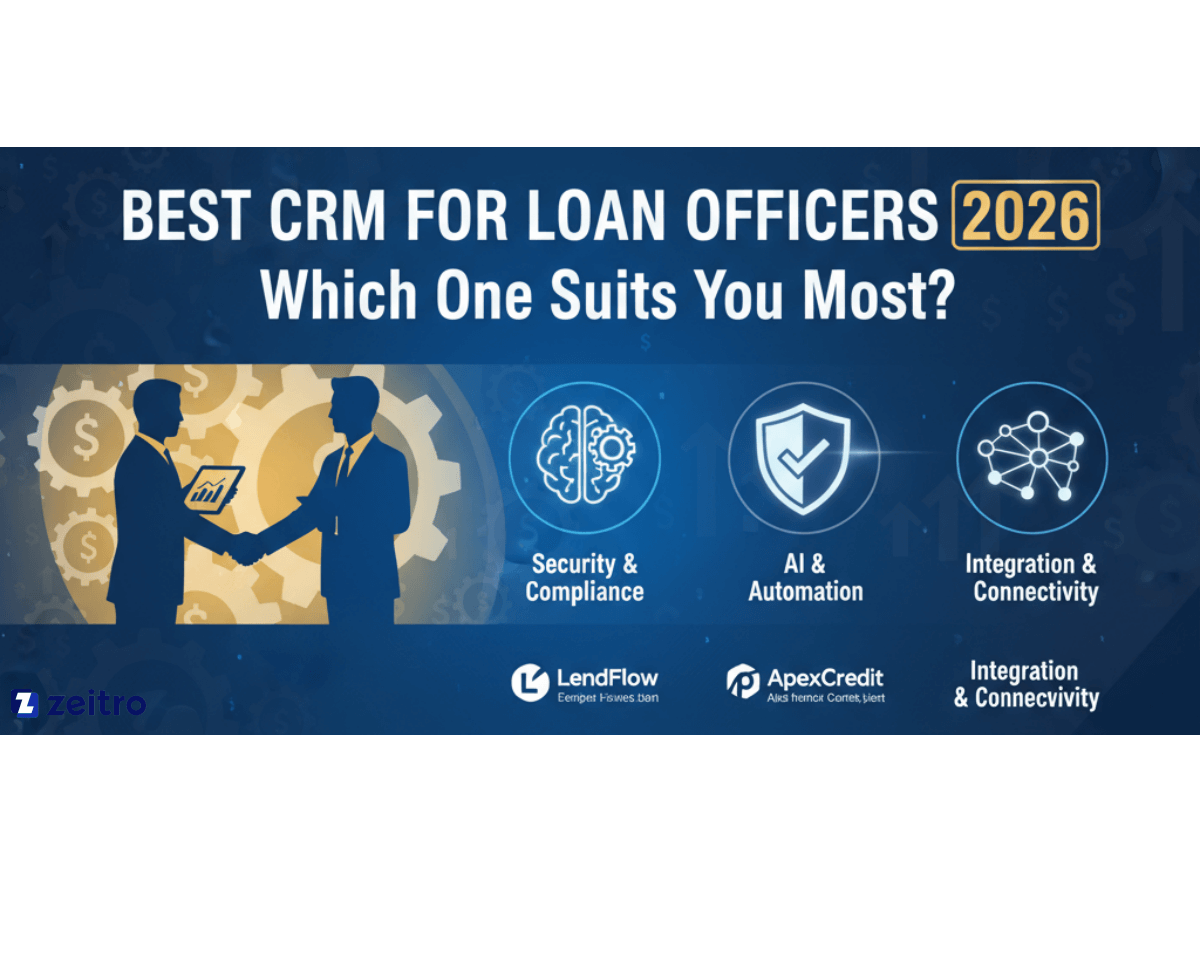

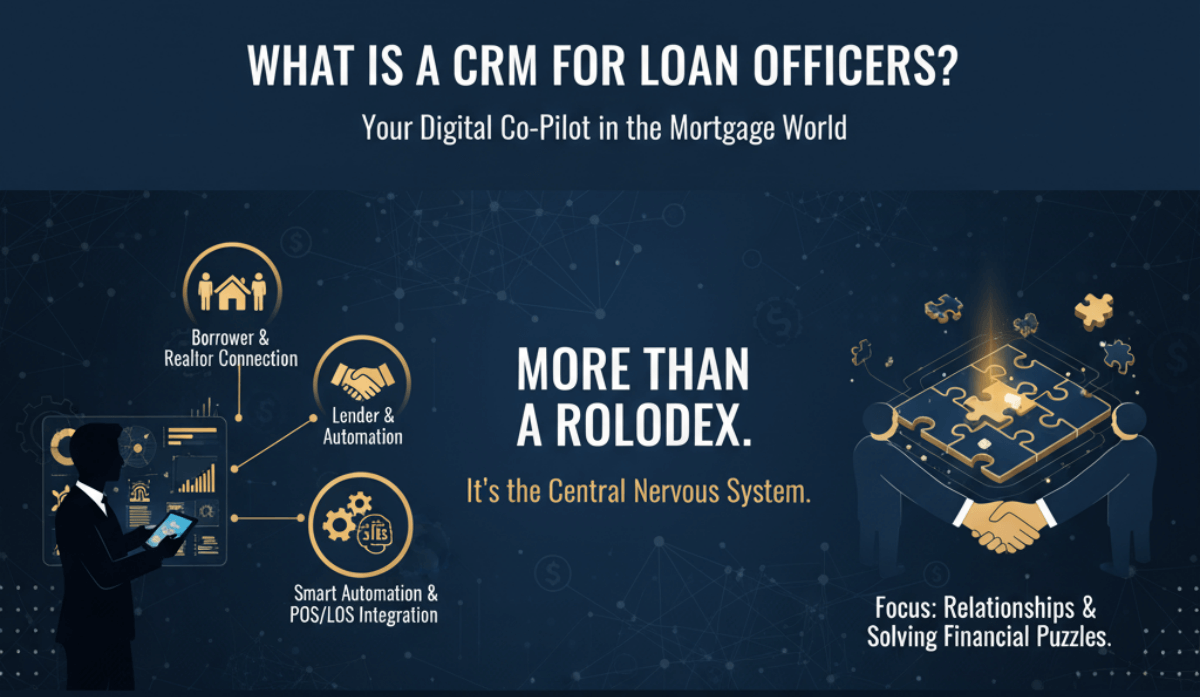

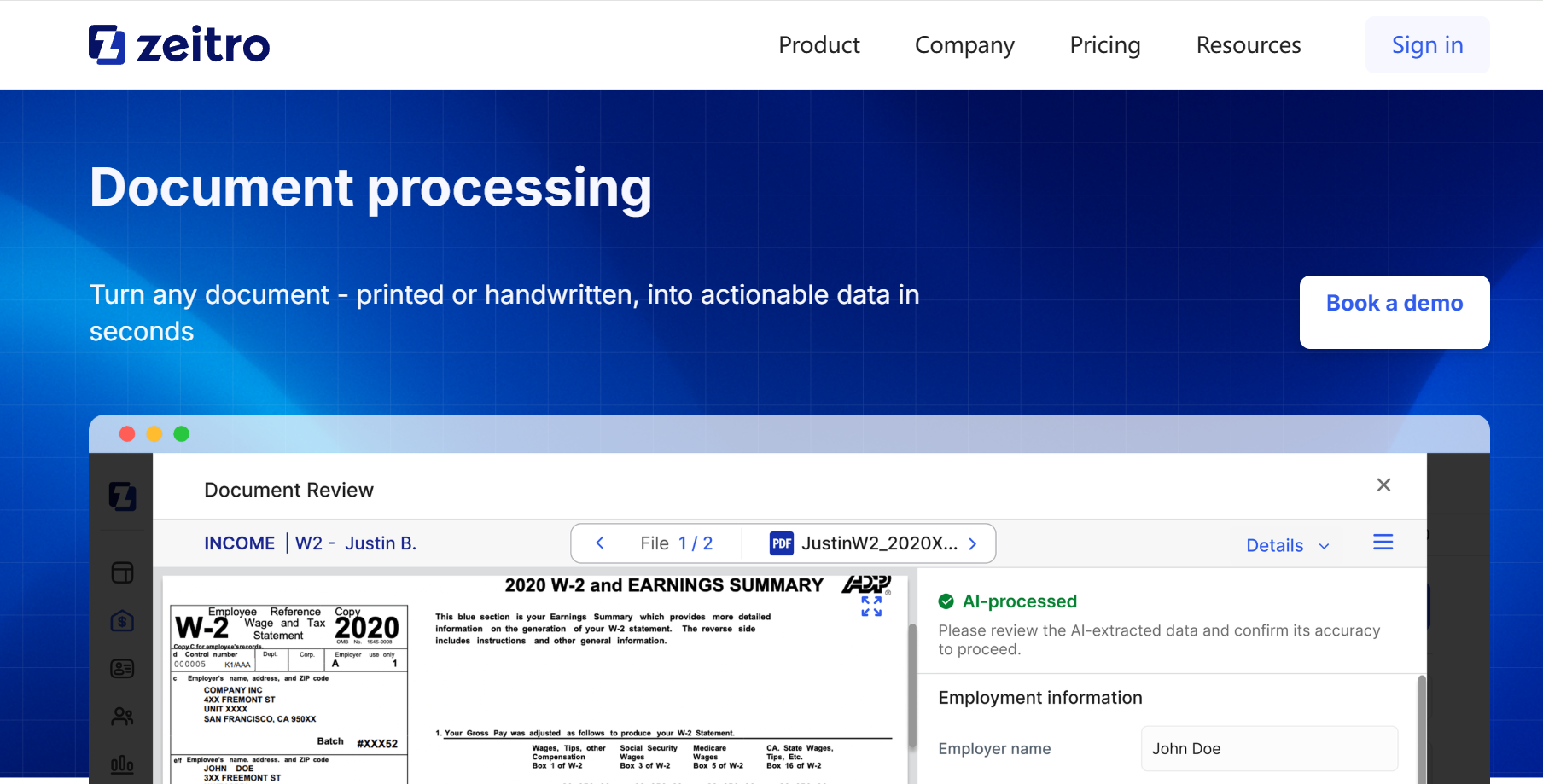

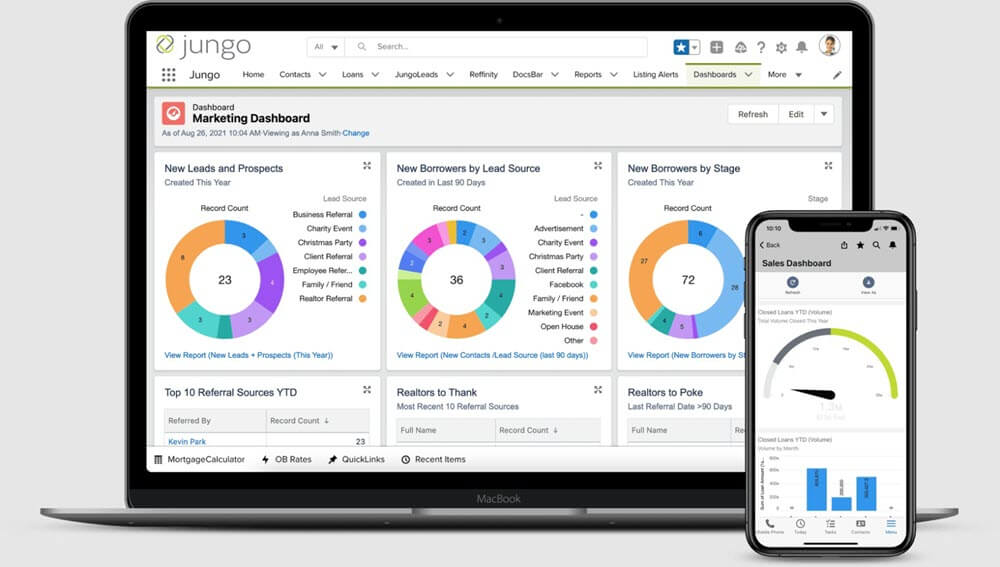
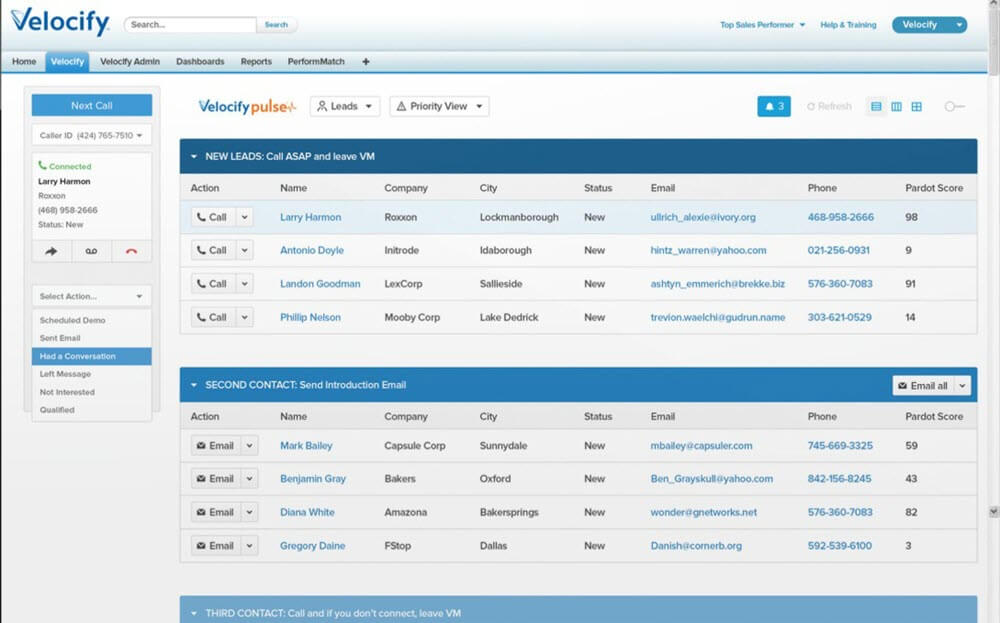
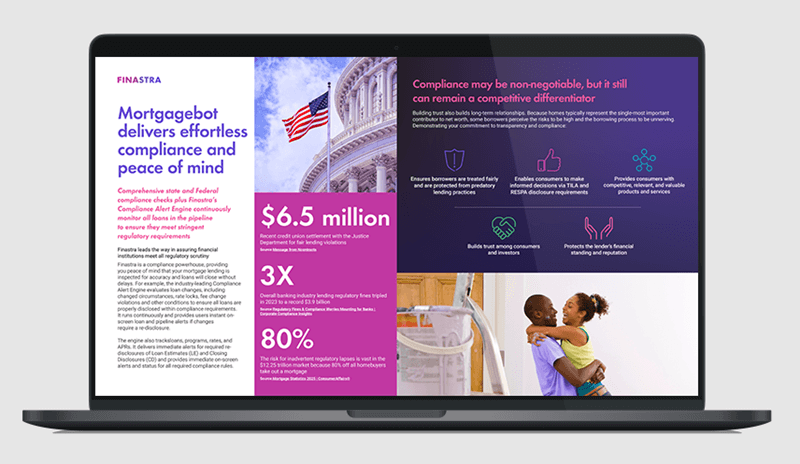



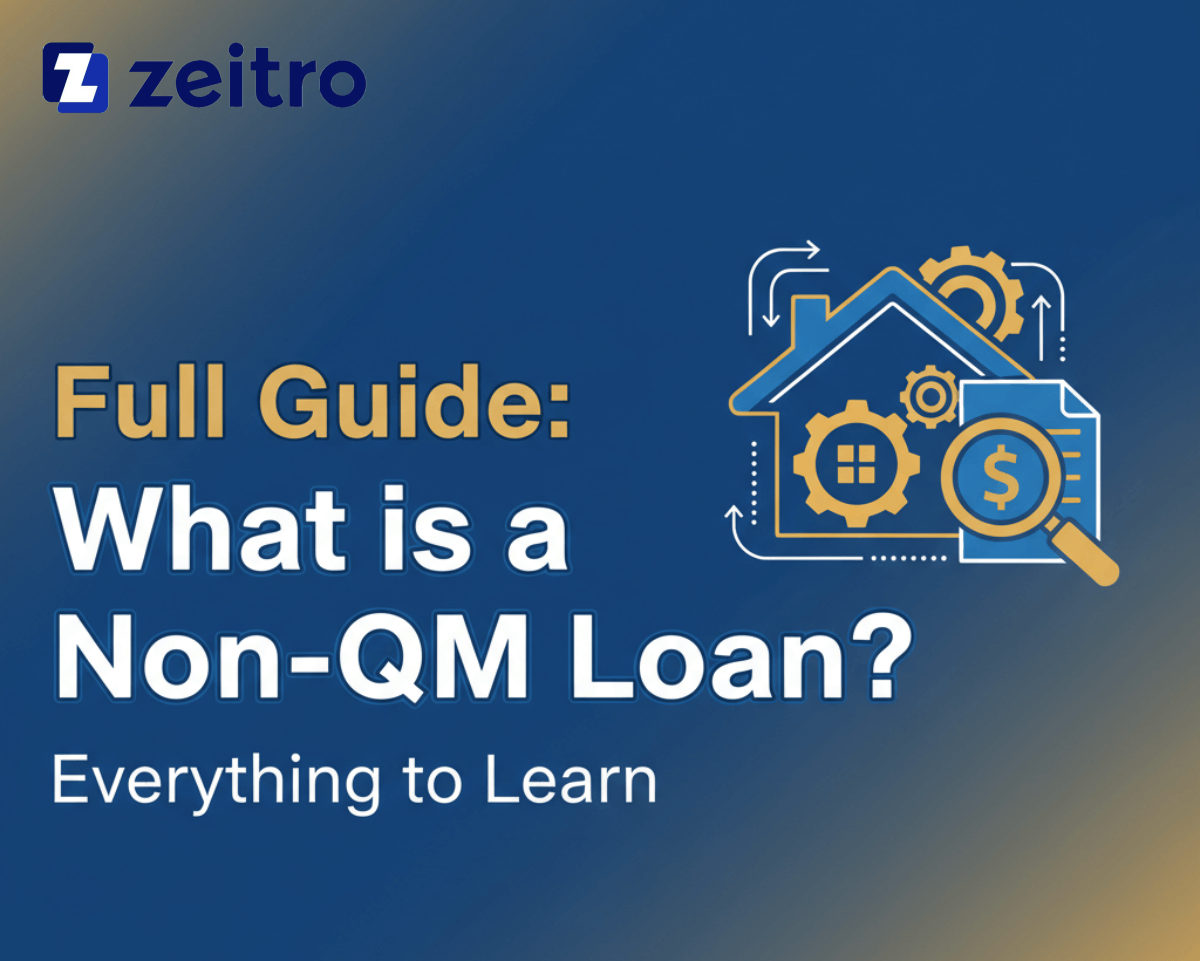

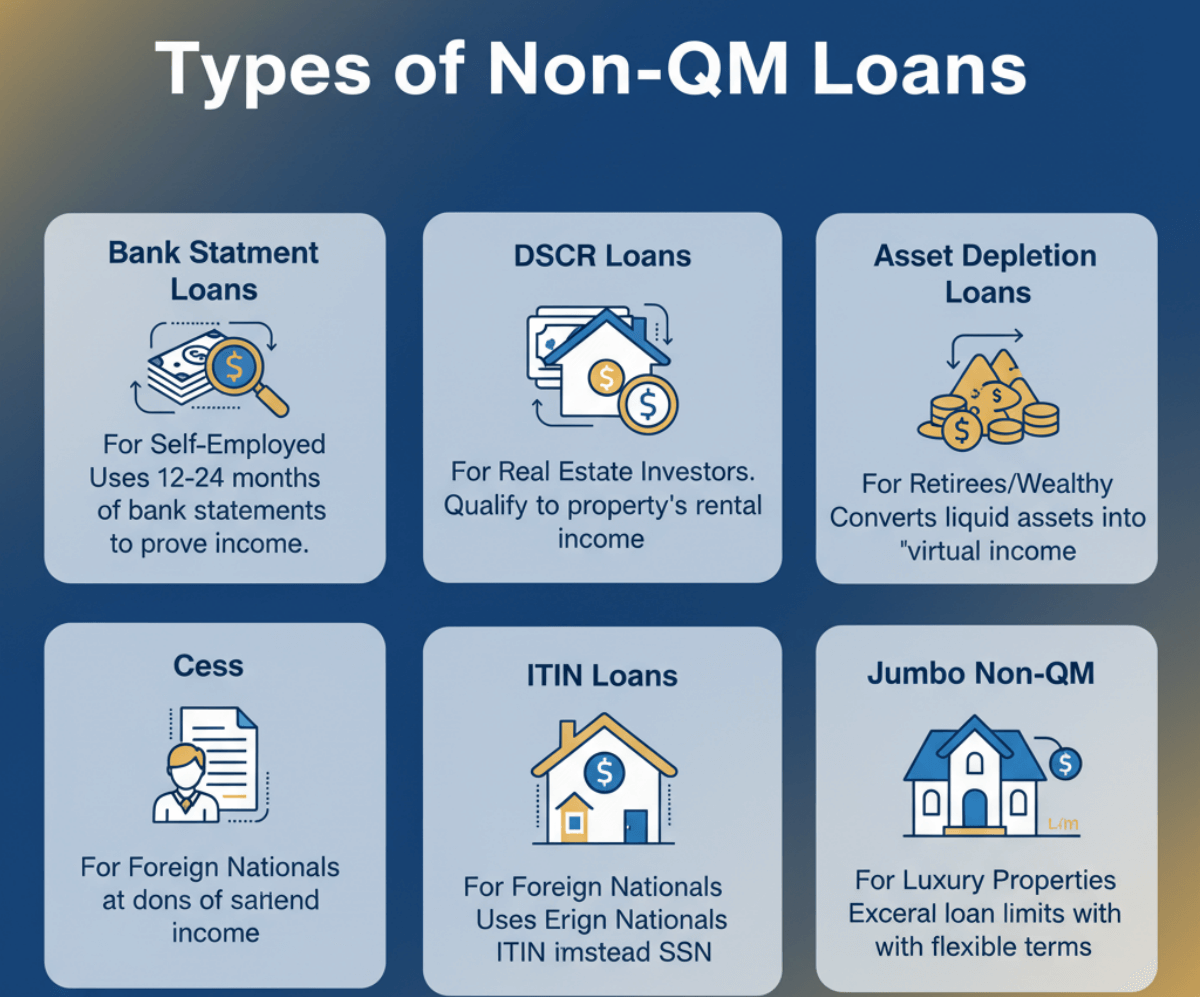
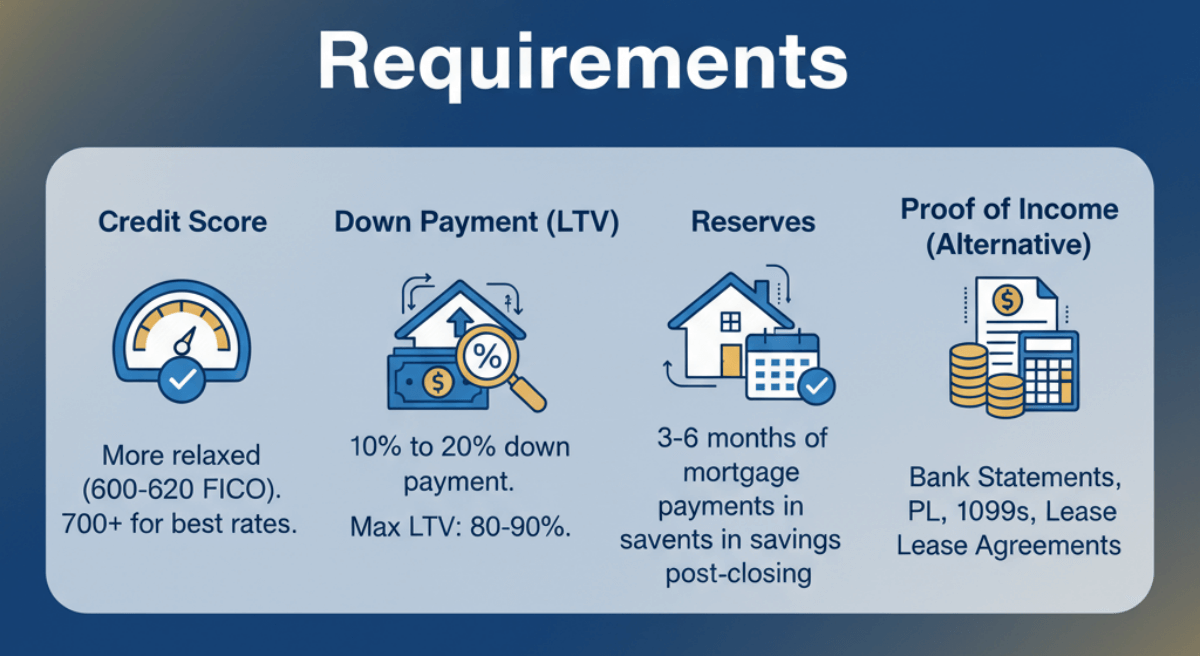
![[Proven] How to Generate Mortgage Leads for Free? 6 Methods](https://cdn.prod.website-files.com/6731bc6e813a541b54c30b10/69329d01f2ad175a87d0d88b_how-to-generate-mortgage-for-free.png)


